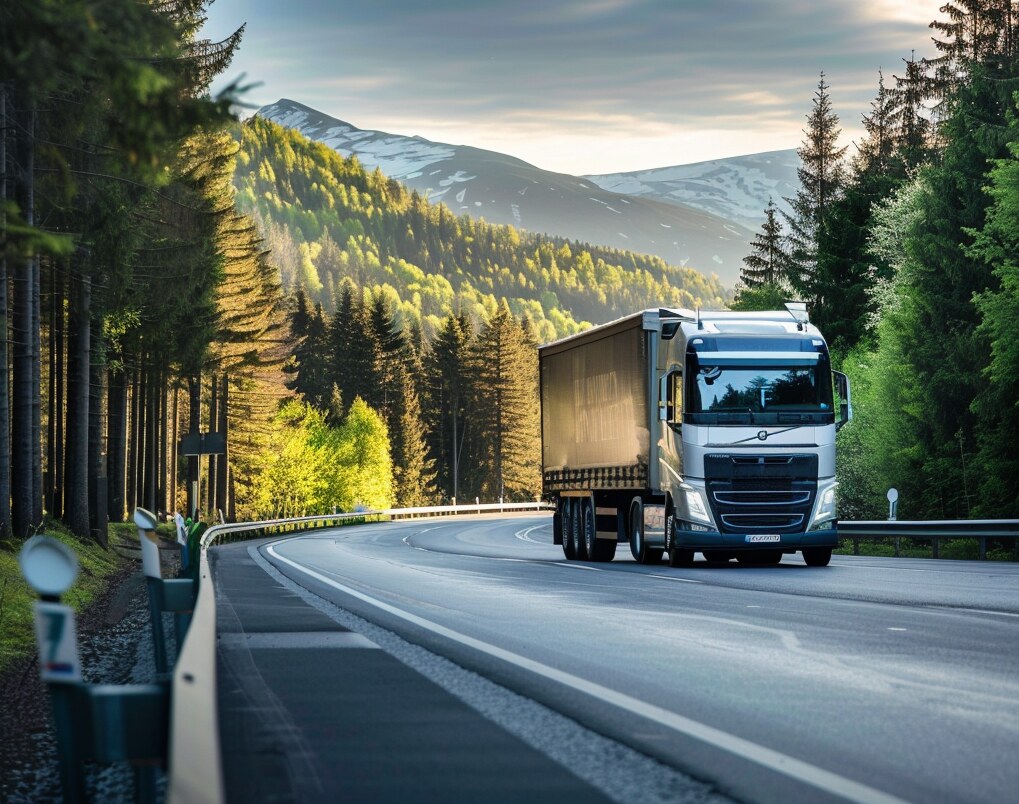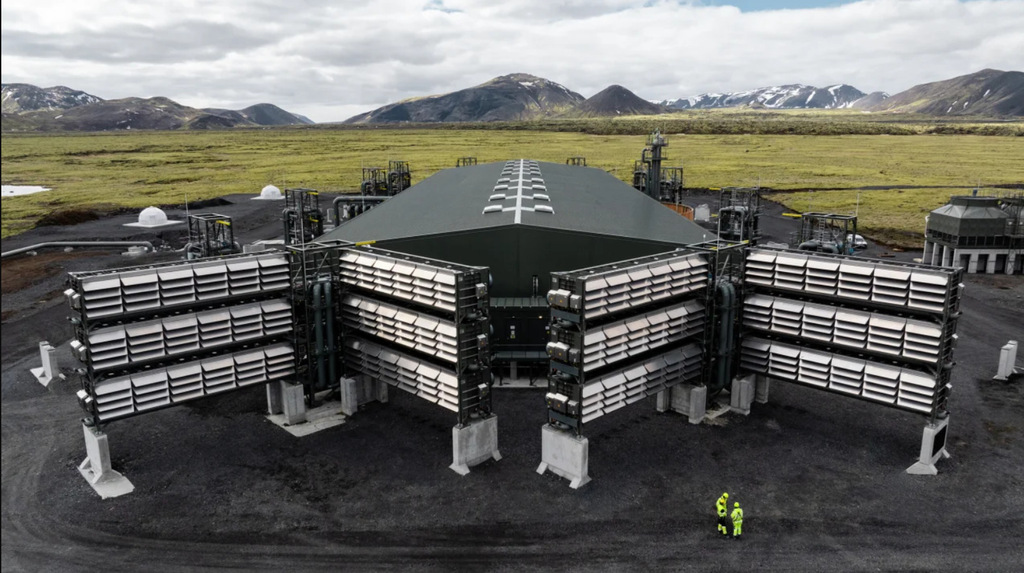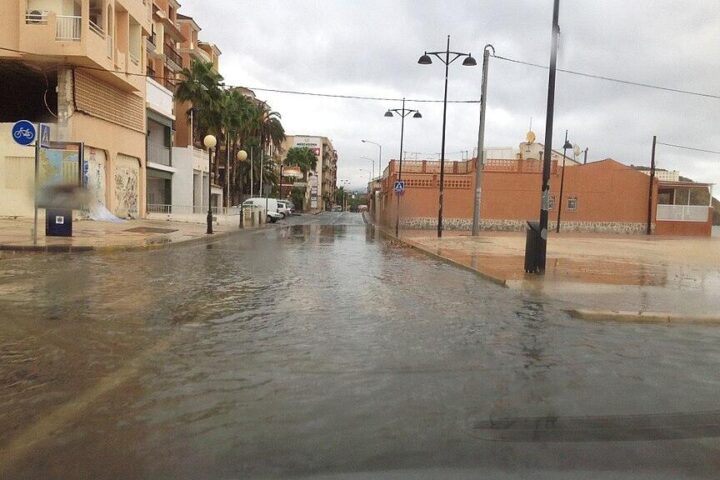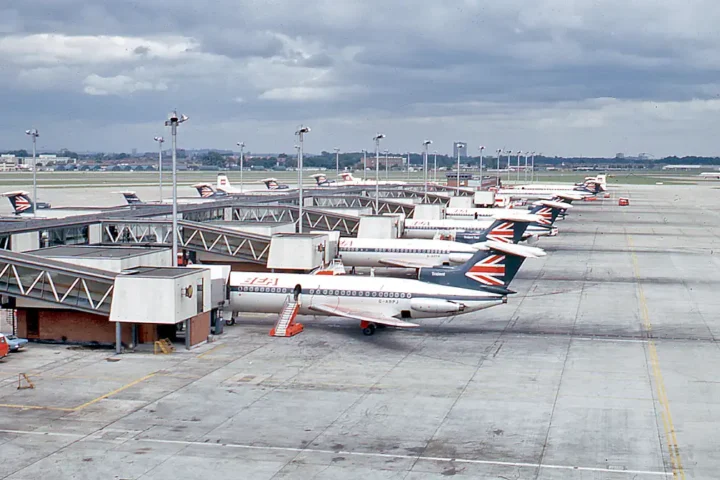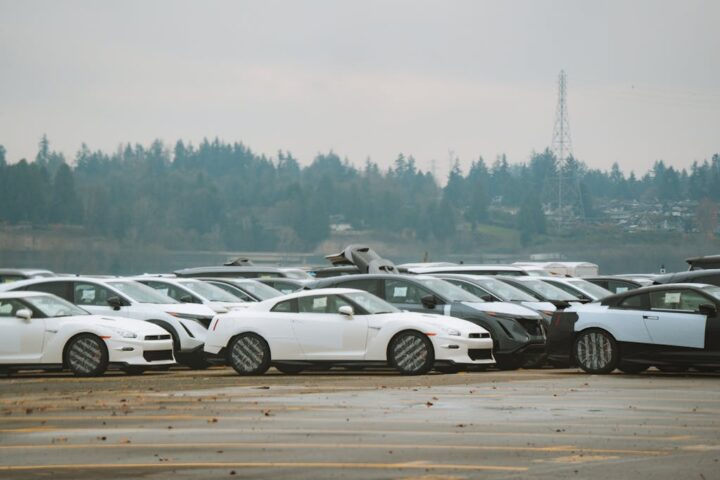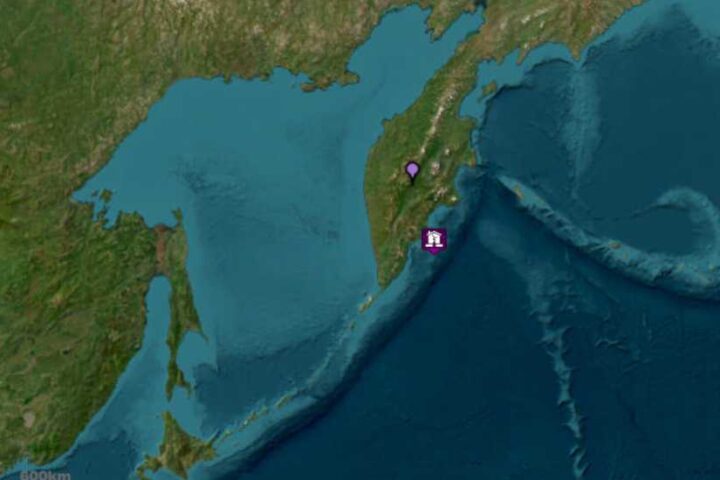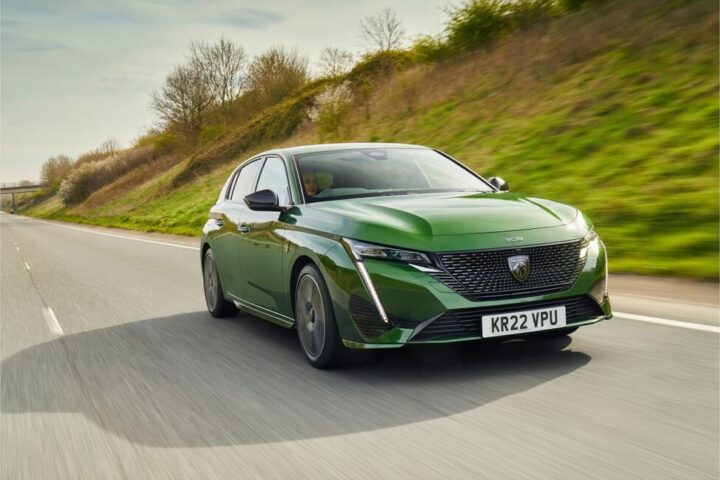The European Council has formally adopted the Regulation on CO₂ emission standards for heavy-duty vehicles, which modifies and strengthens the existing EU standards. The updated rules will further reduce CO₂ emissions from road transport and introduce new targets for 2030, 2035, and 2040. Stricter CO₂ emission standards will help increase the proportion of zero-emission vehicles in the heavy-duty vehicle fleet across the EU while ensuring the preservation and enhancement of the sector’s innovation and competitiveness.
Under the revised rules, the scope of the current Regulation will be expanded so that almost all new heavy-duty vehicles with certified CO₂ emissions, including smaller trucks, urban buses, coaches, and trailers, will be subject to emission reduction targets. The new rules maintain the current target for 2025, which is currently set at a 15% reduction in emissions for heavy trucks over 16 tons. In line with the EU’s climate targets for 2030 and beyond, the Regulation also sets the following new targets: a 45% reduction in emissions from 2030, a 65% reduction in emissions from 2035, and a 90% reduction in emissions from 2040. These targets will apply to medium trucks, heavy trucks over 7.5 tons, and coaches, as well as relevant professional vehicles, from 2035 onwards.
The new rules introduce a 100% zero-emission target for new urban buses by 2035, with an intermediate target of 90% for this category by 2030 at the latest. Intercity buses will be exempt from this target as they are considered coaches for the purpose of emission reduction measurement. The Regulation will now be signed and published in the Official Journal of the European Union. It will enter into force twenty days after its publication.
Similar post
The Commission will review the effectiveness and impact of the modified Regulation in 2027. The Commission will also need to assess, among other things, the possibility of developing a common methodology for the assessment and reporting of CO₂ emissions over the entire life cycle of new heavy-duty vehicles. The heavy-duty vehicle sector is responsible for more than 25% of greenhouse gas emissions from road transport in the EU. CO₂ emission standards for certain heavy-duty vehicles were first set in 2019, with targets for the period between 2025 and 2029 and for 2030 onwards, with a review of the Regulation scheduled for no later than 2022.
On 14 February 2023, the Commission presented a proposal to revise the CO₂ emission standards for heavy-duty vehicles. This revision is an integral part of the “Fit for 55” legislative package. The updated standards contribute to the EU’s goal of reducing its net greenhouse gas emissions by at least 55% by 2030 compared to 1990 levels and achieving climate neutrality by 2050.
The new standards, agreed upon between the Council (the Member States) and the European Parliament and already approved by the plenary of the European Parliament, will require trucks and buses to reduce their emissions by 90% by 2040 compared to 2019, and for urban buses to reach this threshold in 2030 and achieve zero emissions by 2035. In 2030, medium trucks, heavy trucks over 7.5 tons, coaches, and certain professional vehicles will be required to achieve a 45% reduction in emissions. This target increases to 65% by 2035 and 90% by 2040.
The agreement includes a clause requiring the European Commission to review the regulation, “particularly concerning the achievement of the set targets” and the calculation methodology for vehicles using CO2-neutral fuels. Additionally, small manufacturers of vehicles used for mining, forestry, agriculture, armed forces, firefighting, civil protection, law enforcement, and medical services will be exempt.
Urban buses, meanwhile, will need to be zero-emission by 2035, with an intermediate target of 90% by 2030. Intercity buses will be exempt from this target as they are considered coaches for the purpose of emission reduction measurement, the Council specified.
The European Automobile Manufacturers’ Association (ACEA) considers the implementation path to be “extremely challenging in the absence of vital favorable conditions” to underpin demand. In contrast, the environmental organization Transport and Environment estimates that the result of the law will be that 30% of trucks sold in 2030 and 75% in 2040 will be zero-emission.
